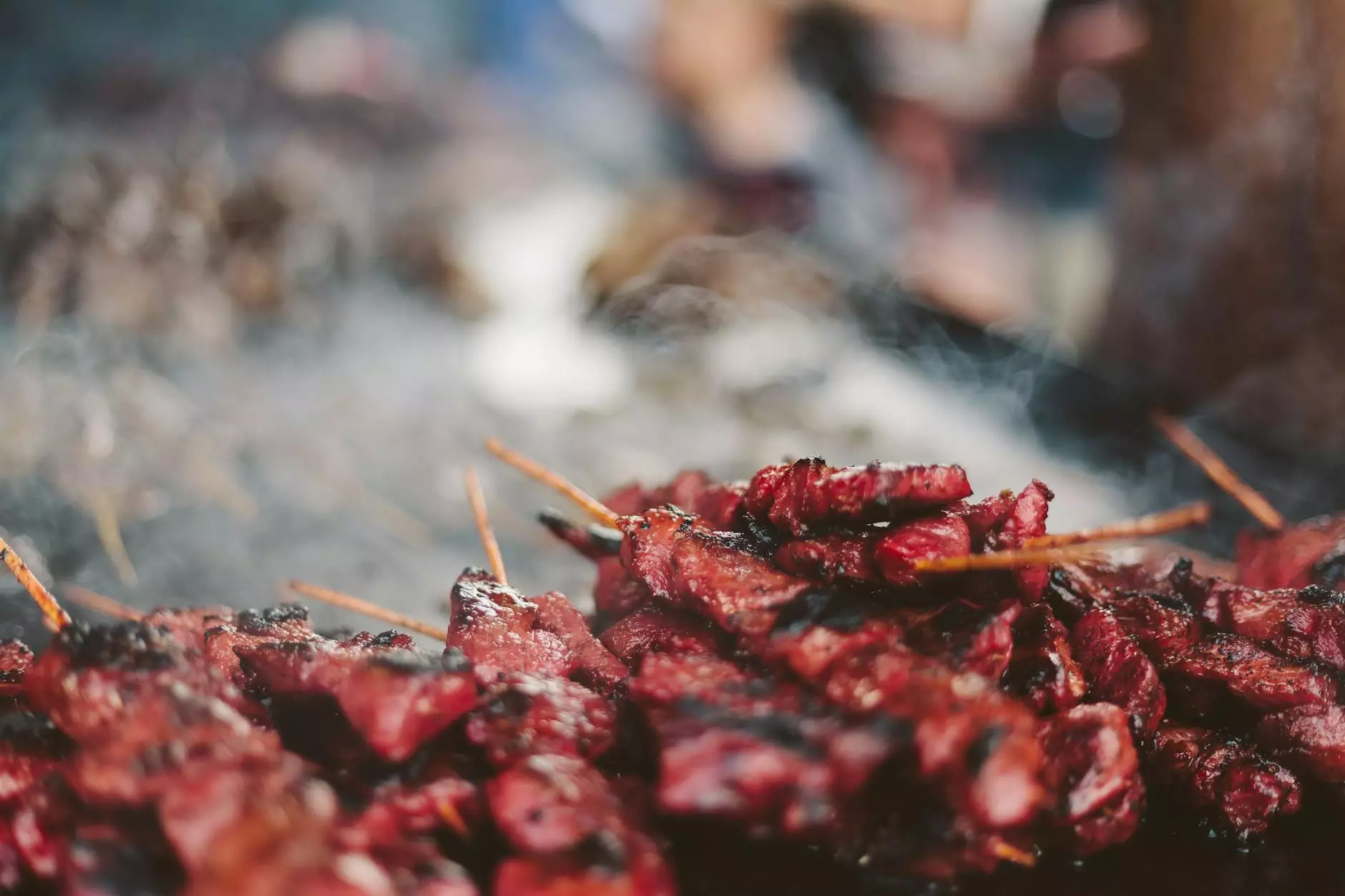Effective Strategies for Grain Weevil Control in Farming

Grain weevils, specifically rice weevils and granary weevils, pose a significant threat to stored grains. These pests can cause devastating losses to farmers and agricultural businesses. Understanding and implementing effective grain weevil control measures is essential for ensuring the quality of harvested crops and maximizing yield potential.
The Importance of Grain Weevil Control
Managing weevil infestations is crucial for several reasons:
- Crop Preservation: Weevils feed on grain, which can lead to significant losses and reduced marketability.
- Health Risks: Infested grains can harbor pathogens that affect human and animal health.
- Economic Impact: Loss of grain due to pest damage can lead to financial hardship for farmers.
Identifying Grain Weevils
A successful grain weevil control strategy begins with accurate identification. Understanding the life cycle and behavior of these pests is essential.
Common Types of Grain Weevils
There are two primary species that affect grain storage:
- Rice Weevil (Sitophilus oryzae): Known for its ability to infest rice and other grains, the rice weevil is characterized by its long snout and ability to fly.
- Granary Weevil (Sitophilus granarius): This species is wingless, prefers wheat and barley, and has a similar body structure to the rice weevil.
Signs of Infestation
Look for the following indications of weevil presence:
- Holes in Grain: Small puncture holes in the grains are a telltale sign of weevil activity.
- Powdery Residue: Fine, flour-like powder around storage bins may indicate weevil nibbling.
- Adult Weevils: Sightings of adult weevils are an obvious warning sign of an infestation.
Best Practices for Grain Weevil Control
To combat grain weevil infestations effectively, farmers can adopt the following strategies:
1. Regular Inspection and Monitoring
Regularly inspect storage bins, grain piles, and processing areas for any signs of infestation. Monitoring tools like pheromone traps can help capture weevils and provide a visual cue for the level of infestation.
2. Sanitation and Cleanliness
Maintaining a clean storage environment is vital:
- Remove Debris: Regularly clean floors, surfaces, and equipment to eliminate grain residues that attract weevils.
- Seal Cracks: Close any gaps or entry points in storage facilities to prevent weevils from entering.
3. Optimal Storage Conditions
Grain storage conditions should be regulated to deter weevil activity:
- Temperature Control: Keep stored grains in a cool, dry environment. Weevils thrive in warm and humid conditions.
- Moisture Management: Maintain low moisture levels (below 12%) to inhibit weevil reproduction.
4. Natural Predators and Biological Control
Utilizing natural predators can be an effective form of pest management. Organisms such as parasitoid wasps can help keep the weevil population in check.
5. Chemical Control Methods
If infestations become severe, chemical treatments may be necessary:
- Insecticides: Apply registered insecticides according to label directions to combat weevils effectively. Always consider the environmental impact.
- Storage Protectants: These can be used on grains to create a protective barrier against weevils.
Integrated Pest Management (IPM) for Grain Weevil Control
Implementing an Integrated Pest Management (IPM) approach can enhance the effectiveness of grain weevil control:
- Preventive Measures: Combining sanitation, monitoring, and proper storage practices minimizes the likelihood of infestations.
- Threshold Levels: Determine acceptable pest levels for intervention, which can reduce unnecessary pesticide use.
- Education and Training: Continually educate staff on pest identification and management practices.
Conclusion
Effective grain weevil control is essential for safeguarding your farming business against the adverse effects of pest infestations. By implementing comprehensive strategies that include regular monitoring, proper sanitation, environmental management, and, when necessary, chemical controls, farmers can protect their crops and maximize yield.
For those managing farming equipment, integrating pest control with farm equipment maintenance ensures a holistic approach to agricultural productivity. At TSGC Inc., we emphasize the importance of both equipment efficiency and pest management to enhance the overall output of your farming operations.
Additional Resources
For more detailed information on managing grain weevils and maintaining agricultural efficiency, consider exploring the following resources:
- Purdue University Extension: Grain Weevil Management
- National Center for Biological Control: Weevil Information
- USDA Farmers.gov: Invasive Species Management
By staying informed and proactive, you can mitigate the risks posed by grain weevils and ensure the health of your agriculture business.









